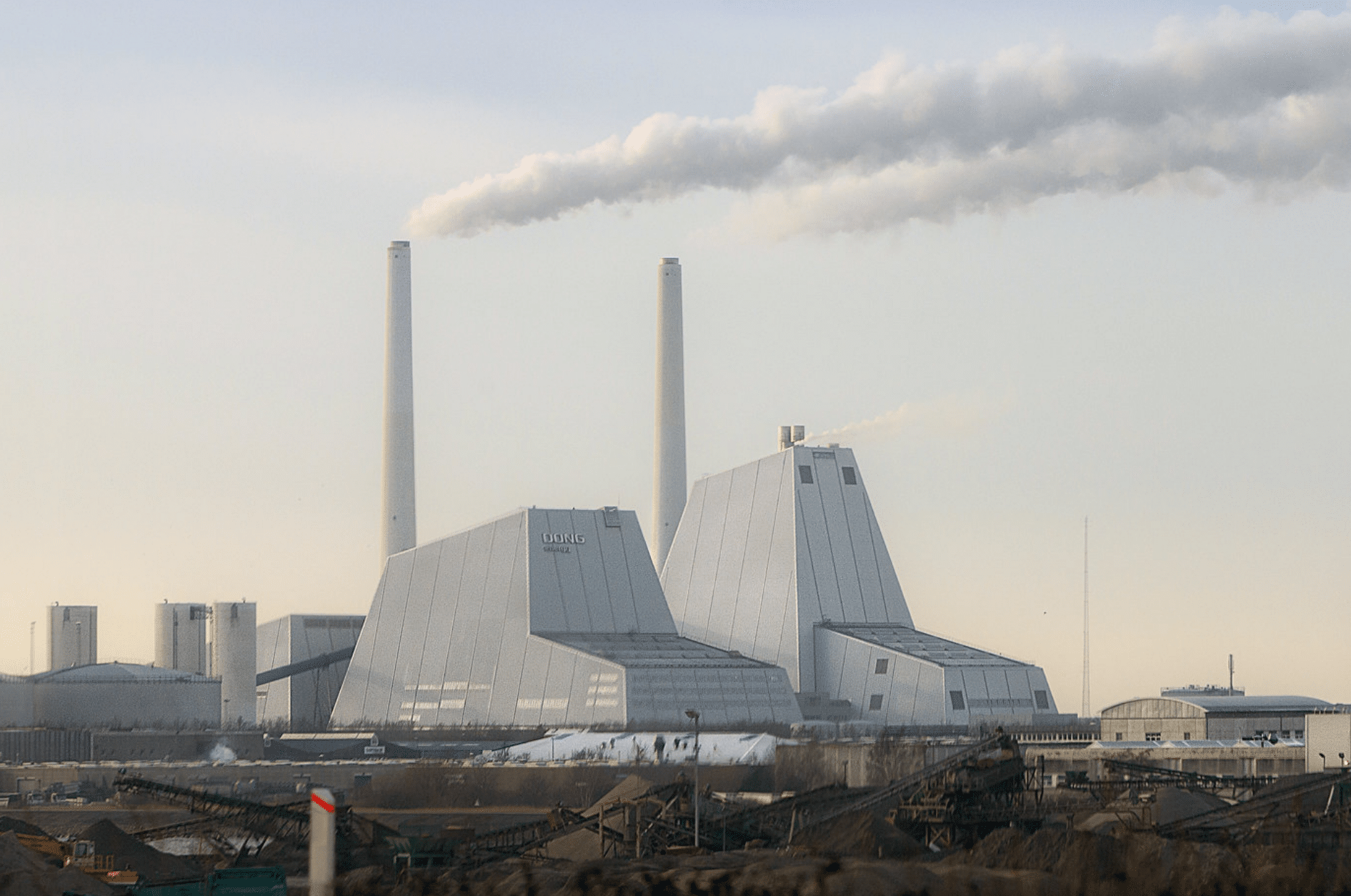Geoengineering Monitor newsletter July 2025
This year will see big moves towards rolling out several Carbon Dioxide Removal (CDR) technologies under the Paris Agreement’s carbon trading mechanism, which is seen as a key pillar in global climate mitigation efforts. Using carbon markets to mitigate emissions will feature heavily at the upcoming United Nations climate negotiations in the Amazonian city of Belém (COP 30), which was originally dubbed the “forest COP” by its organisers. As an indication of the direction of travel of these negotiations, the Brazilian government is now referring to it as the “bioeconomy COP”.
The UN negotiations mirror a global shift towards prioritising market-based “carbon removals” rather than absolute reductions in emissions. This is both to provide greater scope for offsetting the emissions of big polluters (and offsetting a lack of political will for real emissions reductions), and to normalise the idea that the global climate budget will inevitably be overshot by some considerable margin.
During the recent climate talks in Germany, the Hands Off Mother Earth (HOME) Alliance and its members urged governments to reject risky geoengineering technofixes such as CDR technologies. They particularly highlighted the risks posed to Africa and other parts of the Global South, which will bear the burden of hosting “carbon removal” projects designed primarily to offset emissions from the Global North.
Currently, two land-based geoengineering techniques are dominating the CDR voluntary carbon markets, with Bioenergy with Carbon Capture and Storage (BECCS) leading the way in terms of “deals done”, and biochar in terms of “removals delivered”. Both are heavily reliant on burning biomass, whether in the form of wood or crops, and both run the serious risk of removing carbon from land-based carbon sinks such as forests and soils rather than the atmosphere. At the same time, they risk causing conflicts with communities over access to land.
Read our latest technology updates:
- BECCS carbon credit sales hit record levels despite increasing environmental and economic concerns
- Carbon markets are driving the biochar boom despite questionable climate claims
We’ve recently taken a deep dive into these two most prominent CDR geoengineering technologies and specifically how they’re being driven by carbon credit sales. Our technology updates highlight all of the important recent developments and scrutinise the claims being made by project developers. We’ve also published two guest articles alongside these technology updates that spotlight emblematic projects from the perspectives of campaigners at the forefront of advocacy efforts.
Read our latest guest articles:
- Stockholm Exergi’s BECCS project under scrutiny: Climate solution or costly gamble?
- Grassroots victory over California wood pellet export scheme shows folly of burning biomass to capture carbon
As November’s climate negotiations draw nearer, we’ll be highlighting more examples of CDR projects and their impacts, so watch this space!
Before you go, we have two things to ask of you: please forward this newsletter to a colleague or friend, and make sure to follow GeoengineeringMonitor and HOMEAlliance (which has a cool new look) on socials to stay up to date and stay in touch with us.



